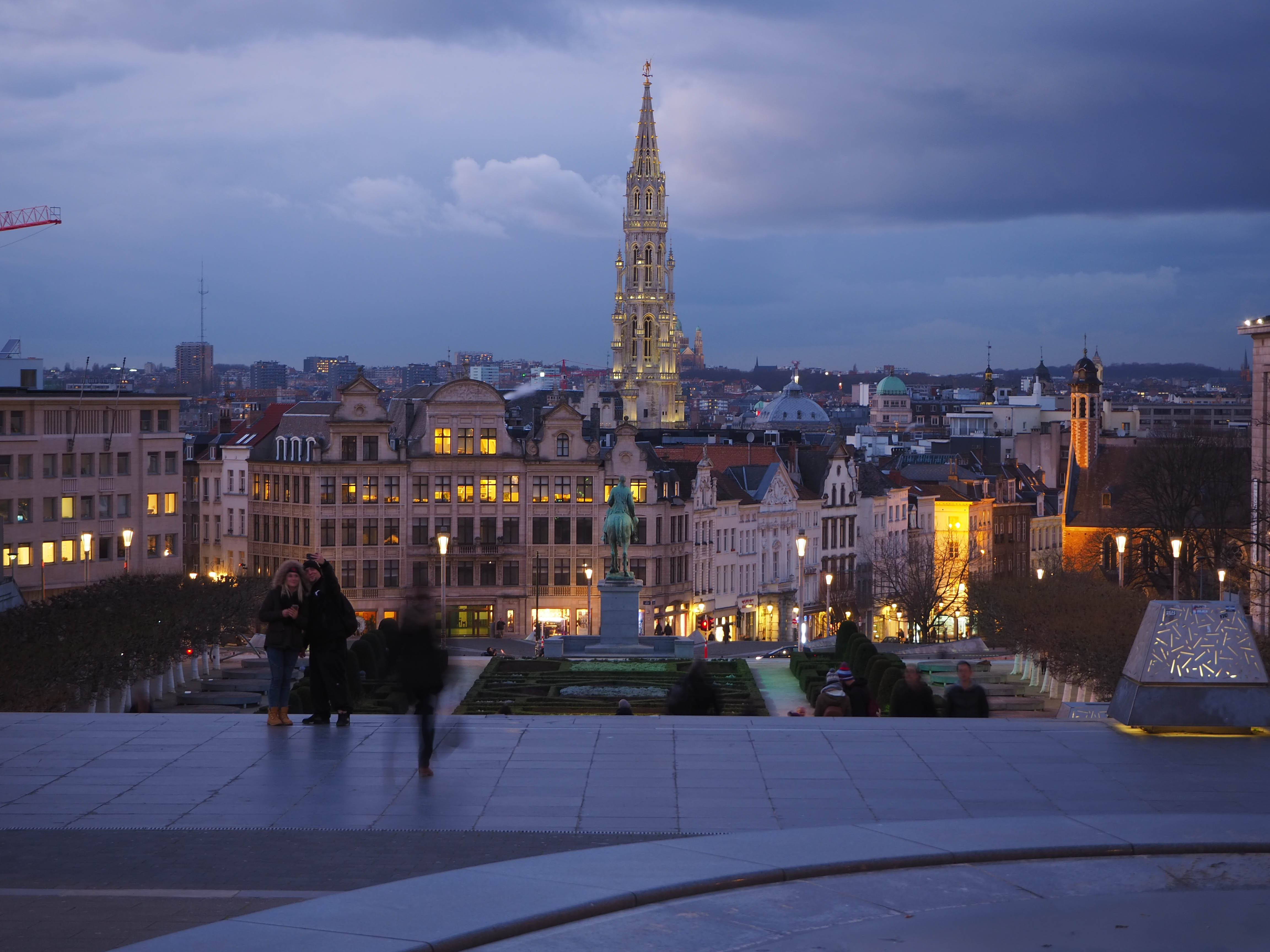Europe cannot deliver its climate agenda while continuing to ignore the heavily industrialised and high-emitting agri-food sector it has shielded from responsibility for far too long. Mathieu Mal and Samantha Ibbott report.
As the U.S. once again retreats from its climate commitments, all eyes are on Europe and its upcoming 2040 target to lead by example. But while the EU has progressed in tackling emissions across many areas, one major sector remains largely unaccountable and unregulated: agriculture.
Europe’s agri-food sector is at the same time a driver and victim of the triple climate, nature, and pollution crisis. It’s the main source of human-caused methane and nitrous oxide emissions (powerful climate-warming gasses), the main pressure on habitats and species, and a major polluter of water, air, and soil. Across the EU, many towns have been left with unsafe drinking water, poor air quality, and eroded soils following years of industrial farming in their region.
At the same time, farmers are on the front line of fallout from these crises. Extreme weather events, soil erosion, and ground-level ozone pollution, all threaten farmers’ livelihoods and leave them increasingly vulnerable.
Left behind
The European Commission has recognised the important role that the agri-food sector has to play, most recently in its “Vision” for the sector.
But while grand statements are made about farmers and fishers being the “custodians of nature”, the reality is clear: the agri-food sector is failing to pull its weight.
Agriculture is responsible for approximately 17% of the EU’s direct emissions, through animal rearing and fertiliser use (together accounting for almost 12% of emissions), and agriculture on drained peatlands (accounting for 5%). Concerningly, these emissions have proven to be stubborn, stagnating over the past two decades and showing no sign of significant reductions any time soon. With scientists warning that if we don’t reshape our food and farming systems it will be impossible to reach the main goal of the legally binding Paris Agreement, this is highly alarming.
The cow in the room
The EU’s Vision for agri-food discusses the benefits of reduced dependency on fertilisers and proteins from non-EU countries. This makes sense. Russian fertiliser imports, exempt from EU sanctions, have only increased since the invasion of Ukraine, and 66% of high-protein animal feed, including 96% of soybean meal, come from outside the EU. This clear dependency makes Europe vulnerable to global market volatility, supply chain disruptions, and geopolitics – as demonstrated by the COVID-19 pandemic, and currently the EU’s inability to wean itself off Russian fertiliser imports.
However, Europe completely fails to recognise the problem staring it in the face: the mass overproduction and overconsumption of resource-intensive animal products. To reduce pollution and climate impact in Europe and beyond, while improving animal welfare and human health, the EU must support farmers – many of whom were pushed into industrial models – to shift from intensive animal rearing to extensive, nature-friendly systems, and significantly reduce livestock numbers.
Yet, while extensive animal rearing is upheld by the Vision, the topic of reducing animal numbers remains taboo. In addition to this, and in striking contrast to the Vision’s heralding of innovation, the topic of alternative proteins, which can help shift consumption away from animal products, is approached with caution due to the “sensitivity of the topic and socio-cultural traditions”. Furthermore, and ironically, the wider “food” aspect of the Vision for agriculture and food, is pretty much absent.
Stuck with the status quo
The unwillingness to address the industrial animal rearing issue head on is clear, as policymakers regularly fall into the technofix trap or succumb to the delay, distract and derail tactics of Big Agri lobbies.
Big Agri has a vested interest in maintaining the status quo – at the expense of most farmers, consumers, nature, and the climate. These corporations have shown they are more than willing to spend millions on industry-funded pseudoscientific narratives, political donations, and lobbying to ensure industry influence and the highest level of access.
The Vision is not the only initiative lacking climate conviction: the Common Agricultural Policy has driven the consolidation and industrialisation of farming while failing to support nature-friendly farming; industrial cattle rearing doesn’t even feature in the Industrial Emissions Directive; all current policy discussions treat regulation as a dirty word and wrongfully place their trust in incentives for voluntary action; EU countries’ climate plans largely ignore the sector; and the Commission is even rumoured to be considering weakening the very target that could and should place Europe as a global leader on climate.
Europe needs a vision that represents a future we want to live in, but while the planet boils, this Vision leaves us lukewarm. Still, all is not lost. As the Commission builds on its visionless Vision, there are plenty of opportunities to fix and enforce existing policy and create new tools with ambitious, binding climate targets, and the means for a just transition. Afterall, peatlands should be wet, healthy food should be accessible to all, there should be fewer farmed animals, higher animal welfare standards, and our dependency on synthetic inputs needs to be phased out. To make this future our reality isn’t just desirable, it’s entirely achievable. Let’s make it happen.
f you enjoyed this article, please consider buying the author a coffee.



